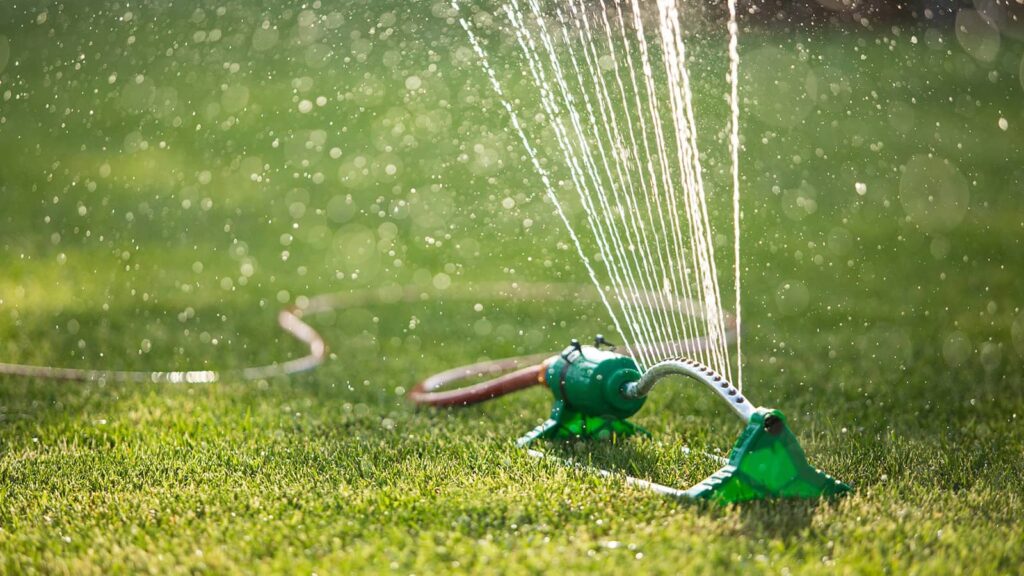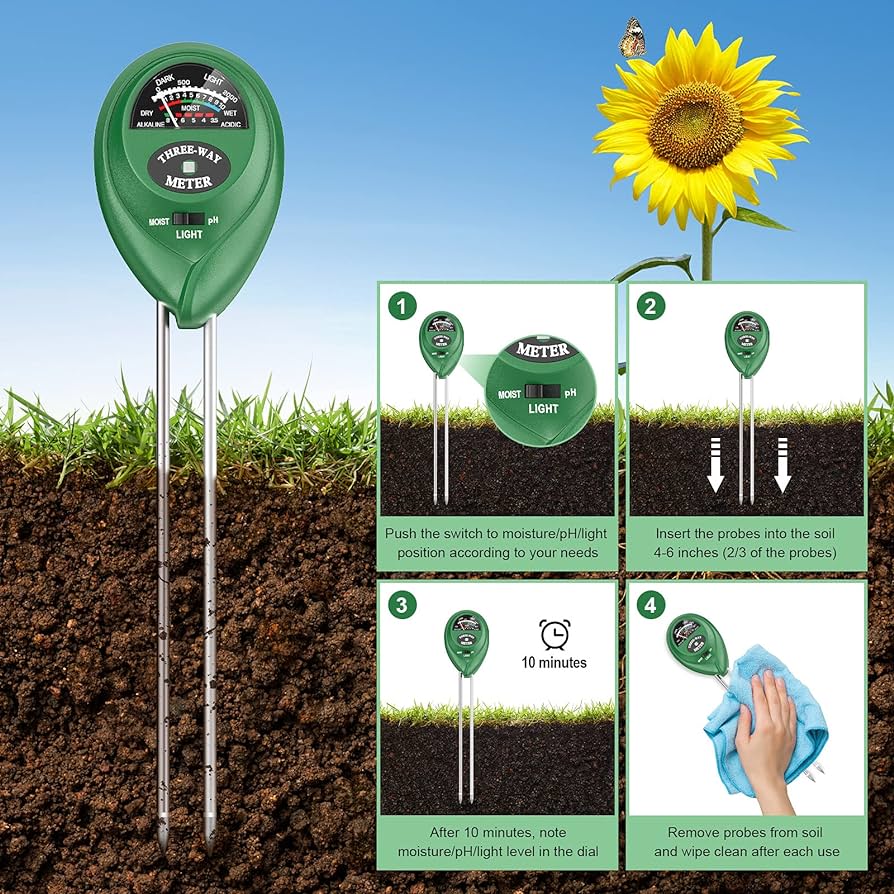The summer season is right around the corner, and many of us are so excited for warm summer days lounging by the poolside or hosting cookouts for family and friends. It’s essential for us lawn care nuts to keep our grass strong and healthy as the stressful heat of summer approaches. Below are some recommended summer lawn care tips.
Make Sure Your Lawn is Hydrated…But Not Too Hydrated
Warmer temperatures and more sunlight make it very tempting to water your lawn more often. This is not always recommended, as waterlogged soils in warm climates are ideal environments for disease outbreaks.
Despite hot temperatures that occur during the summer, the lawn should only need about 1 inch of water every week including rainfall. This is best accomplished with one or two waterings a week.
Water in the early mornings for more extended periods, less frequently and take any rainfall into consideration. Watering your lawn in the early morning decreases the dew period. As a result, this also reduces the amount of time the grass blades are wet, which is a helpful disease management practice.
Be Cautious With Weed Control
We advise that you don’t make applications of any herbicides at this time. Summer is the worst time for herbicide applications for most grass types. When temperatures reach or exceed 85 degrees Fahrenheit, herbicides will damage your grass.
It’s best to wait until it gets cooler before applying a post-emergent herbicide to any weeds in your yard. In the future, apply a pre-emergent herbicide in the spring to reduce summer weeds, and be sure to apply a pre-emergent herbicide in the fall to keep fall and winter weeds out.
If temperatures are consistently below 85 degrees, applying post-emergent herbicides for any summer annual and perennial weeds is generally safe. However, we suggest waiting until it gets closer to the fall season. If temperatures are low one day and exceed 85 degrees in the following days, the grass is still vulnerable to damage from the herbicide.
Watch Out for Insect Infestations or Damage
This time of year is the absolute worst time for insect invasions. Bugs like fire ants or mosquitos aren’t the only ones to watch out for—many insects can cause severe damage to your lawn.
Some of the most common summer insects include chinch bugs, grubworms, mole crickets, billbugs, and spittlebugs.
Symptoms of an insect invasion differ from insect to insect. For example, signs of a chinch bug infestation include a spotty pattern of patchy grass that almost looks like drought damage.
A common way to identify a grubworm problem is by seeing an increase in burrowing mammals, like moles, that are feeding on them. You can also dig a little in your lawn and spot them that way.

Pictured to the left is a mole cricket
A mole cricket infestation can be identified by their tunnels, which push up soil and grass, as well as the presence of brown and dying grass due to mole cricket feeding habits.
Some of the insect control products listed below are labeled to treat these common insects. Be sure to read the label thoroughly before application.

Hi-Yield Bug Blaster 2.4 RTS easily attaches to the end of your garden hose for an even spray distribution.

Natural Guard Spinosad is an easy-to-use insect control solution that hooks up to the end of your garden hose.





